Disclosure: This article contains affiliate links. We may earn a commission from purchases at no extra cost to you, which helps our travel content.
Standing before the massive limestone blocks of Bodrum Castle, I couldn't help but run my calloused hands along the centuries-old seams where ancient builders had fitted these stones together with precision that would challenge even modern tools. The salt-kissed breeze carried whispers of empires past as the Aegean Sea sparkled below. Kia ora, fellow travelers - I'm Mason, and after years of restoring historical buildings across two continents, I've developed a bit of an obsession with how our ancestors built structures that have outlasted their civilizations. Bodrum, with its layered history spanning Carian, Greek, Roman, Byzantine, and Ottoman influences, is quite simply a builder's paradise masquerading as a beach holiday destination.
Bodrum Castle: Where Knights Left Their Mark
Built in the early 15th century by the Knights Hospitaller, Bodrum Castle (officially the Castle of St. Peter) stands as a masterclass in medieval defensive architecture. What fascinates me as a builder is how the knights incorporated stones and columns from the earlier Mausoleum of Halicarnassus - one of the Seven Wonders of the Ancient World - into their fortress walls.
Walking through the castle grounds, I spent hours examining how different construction techniques reveal the nationality of the knights who built each section. The English Tower features precisely cut stones with minimal mortar, while the Italian Tower showcases more decorative elements. The French Tower's stonework displays characteristic herringbone patterns I've seen in restorations across Europe.
The Museum of Underwater Archaeology housed inside is worth every lira of the entrance fee. The collection includes one of the world's oldest known shipwrecks, the Uluburun, dating back to the 14th century BCE. The detailed exhibition of how ancient shipbuilders constructed vessels capable of carrying tons of cargo across treacherous seas left me humbled by their ingenuity.
I recommend bringing a good Turkish phrasebook as many of the more technical architectural explanations aren't always translated into English.
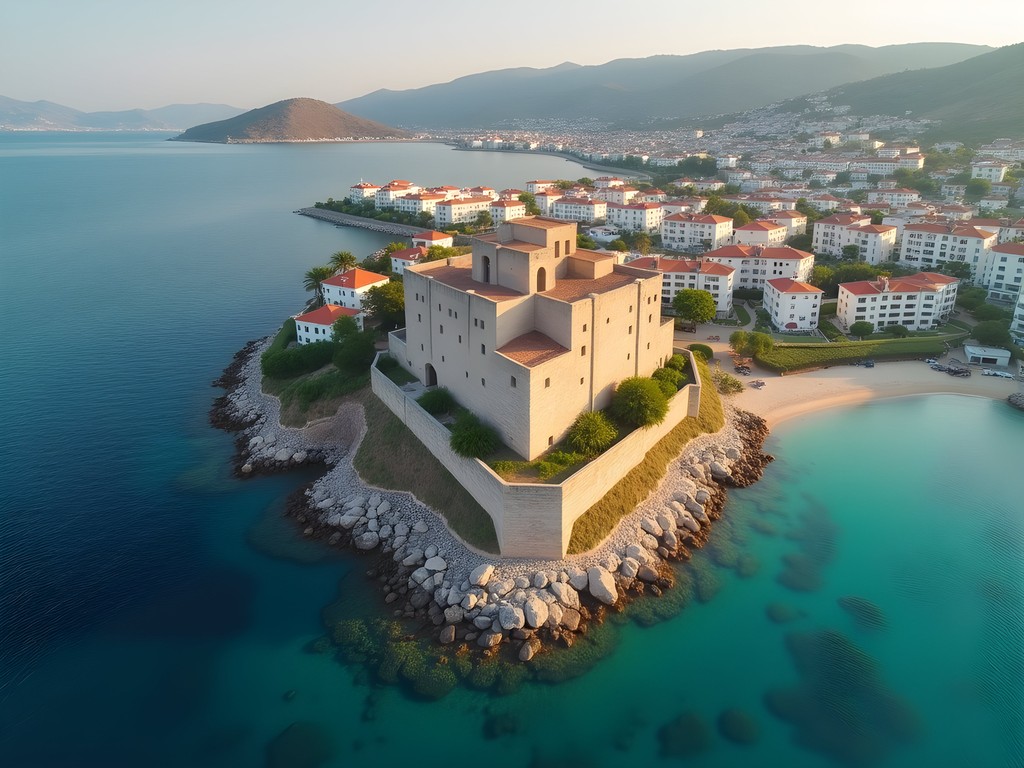
💡 Pro Tips
- Visit early in the morning (8:00-10:00 AM) to avoid both crowds and midday heat
- Wear sturdy shoes with good grip - medieval castle floors aren't exactly level
- The castle's highest points offer the best panoramic photography opportunities of the harbor
The Ancient Theater: Acoustic Engineering Before Electronics
Just 3km northeast of Bodrum's center sits the ancient theater of Halicarnassus, dating back to the 4th century BCE. While smaller than some of Turkey's other Greco-Roman theaters, what impressed me was the acoustic engineering. As a builder who's worked on modern performance spaces, I'm still amazed at how ancient architects created perfect sound projection without computer modeling or electronic amplification.
I tested it myself - standing at the center of the stage and speaking at normal volume, my voice carried clearly to the uppermost seats where my travel mate was sitting. The secret lies in the precise mathematical relationships between the stage, orchestra, and seating sections, combined with the angle of the hillside and strategic wind protection.
The theater originally seated about 13,000 spectators and hosted both dramatic performances and political gatherings. While much of the original marble facing has been lost to time (and medieval builders who repurposed it), the structural integrity of the core remains intact after 2,400 years - something we modern builders can only aspire to achieve.
I spent a quiet afternoon sketching construction details and enjoying the view over Bodrum Bay. If you're interested in ancient architecture, I'd recommend bringing a good architectural sketchbook and perhaps some drawing pens to capture details you might miss in photographs.

💡 Pro Tips
- Visit late afternoon when the light brings out the texture in the stone seating
- Climb to the top row for spectacular views over Bodrum and the harbor
- Bring water and sun protection - there's little shade at this exposed site
Mausoleum of Halicarnassus: Hunting for the Wonder
Ka mau te wehi! (How awesome!) Standing on the site of the Mausoleum of Halicarnassus - one of the Seven Wonders of the Ancient World - is a humbling experience, even though little remains of its former glory. Built around 350 BCE as the tomb of Mausolus (yes, where we get the word 'mausoleum'), this structure once stood 45 meters tall, adorned with massive sculptures and surrounded by 36 columns.
As a builder, I found myself mentally reconstructing the massive structure from the few foundation stones and scattered fragments that remain. The site features helpful models showing how researchers believe the original looked, based on ancient descriptions and architectural fragments found across Europe (many sculptures ended up in the British Museum).
What's fascinating is how the construction techniques used here influenced architecture for centuries afterward. The stepped pyramid design topped with a massive stone roof was revolutionary for its time, requiring ingenious weight distribution and counterbalancing that would challenge engineers even today.
I spent hours examining the precision of the remaining stone cuts - achieving such tight joints without modern tools speaks to the extraordinary skill of ancient stoneworkers. If you're fascinated by ancient construction like I am, I'd recommend bringing a good digital caliper to measure some of the stone joints - with permission from site staff, of course! I've found most archaeological sites are quite accommodating when you show genuine interest in construction techniques.
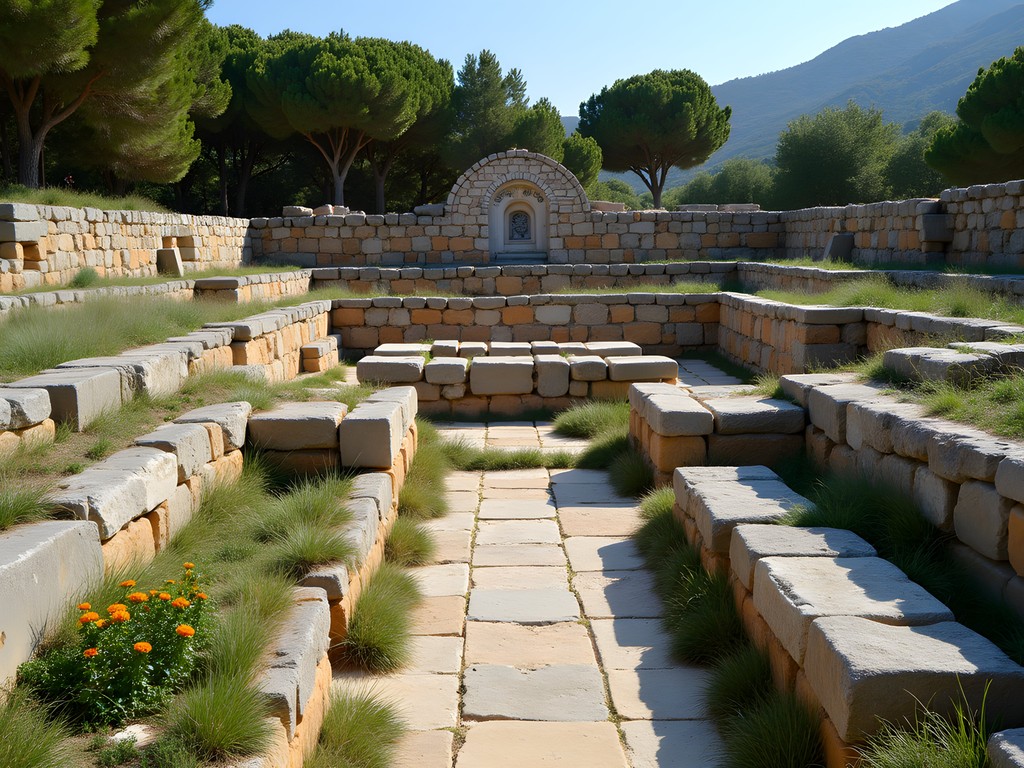
💡 Pro Tips
- The site is small and can be explored in under an hour - combine with other nearby attractions
- Download a 3D reconstruction app before visiting to better visualize the original structure
- Visit the small on-site museum to see recovered artifacts and architectural fragments
Myndos Gate: Where Alexander Met His Match
On Bodrum's western edge stands Myndos Gate, one of the few surviving sections of the ancient city walls that once encircled Halicarnassus. This site holds special significance as the location where Alexander the Great nearly met his demise during his siege of the city in 334 BCE.
What caught my professional eye was the defensive engineering. The gate featured a hidden water-filled moat that Alexander's troops unexpectedly fell into during a night attack. Examining the remaining stonework, I noticed how the builders had incorporated natural bedrock into the foundations - a technique I've seen in historical structures across the Pacific Islands as well. It's a reminder that working with the landscape rather than against it is a timeless building principle.
The walls were originally about 7 meters high and 3.5 meters thick - dimensions I've sketched into my waterproof notebook alongside notes about the stone cutting techniques. The precision of the masonry joints, achieved without modern measuring tools, continues to impress me after years of working on historical restorations.
The site is less visited than Bodrum's other attractions, making it perfect for couples seeking a peaceful moment away from crowds. I spent a quiet sunset here, imagining the sounds of ancient battles while watching fishing boats return to harbor - one of those travel moments that stays with you.
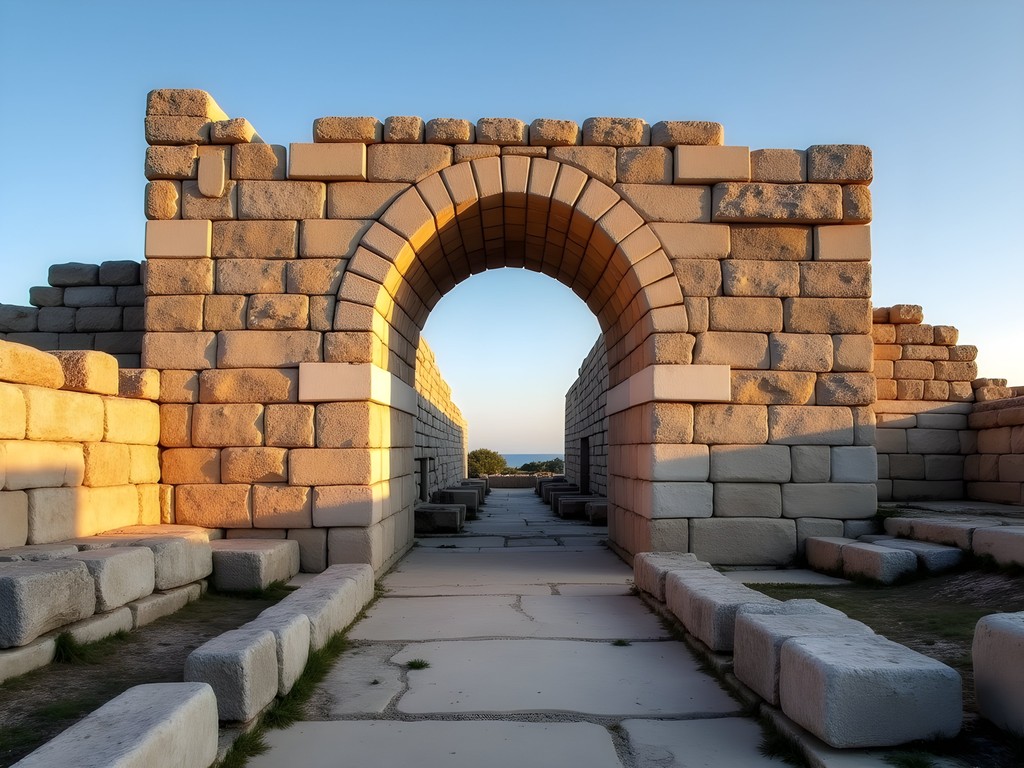
💡 Pro Tips
- Combine with a visit to the nearby windmills for spectacular sunset views
- Bring a good flashlight to examine the stone cutting details in the shadowed areas
- The site is free to visit and accessible 24 hours - consider an early morning visit
Bodrum's Hidden Historical Gems
Beyond the major sites, Bodrum rewards couples willing to wander with lesser-known historical treasures that offer intimate glimpses into the past. The Pedasa Ancient City, just 10km from Bodrum center, features well-preserved city walls dating back to 2500 BCE. Unlike the more famous sites, here you'll often find yourselves alone among ancient stones, free to appreciate the craftsmanship without crowds.
I was particularly impressed by the Ottoman-era cisterns scattered throughout Bodrum's old town. These ingenious water collection systems demonstrate sophisticated understanding of sustainable resource management centuries before it became fashionable. The largest, near Myndos Gate, features an elegant arched interior that creates a naturally cool microclimate - something I've incorporated into modern sustainable building projects.
For those interested in traditional Turkish construction techniques, don't miss the restored timber-framed houses in the old town near the harbor. I spent an afternoon studying how builders used flexible wooden frames with masonry infill - an early earthquake-resistant building technique that's remarkably similar to modern seismic design principles we use in New Zealand.
Navigating these hidden spots is much easier with a good map. I recommend picking up the detailed Bodrum map which shows even minor archaeological sites that most tourist maps omit. For comfortable exploration, a good pair of walking sandals will serve you well on Bodrum's combination of cobblestones, dirt paths, and occasional beach crossings between sites.
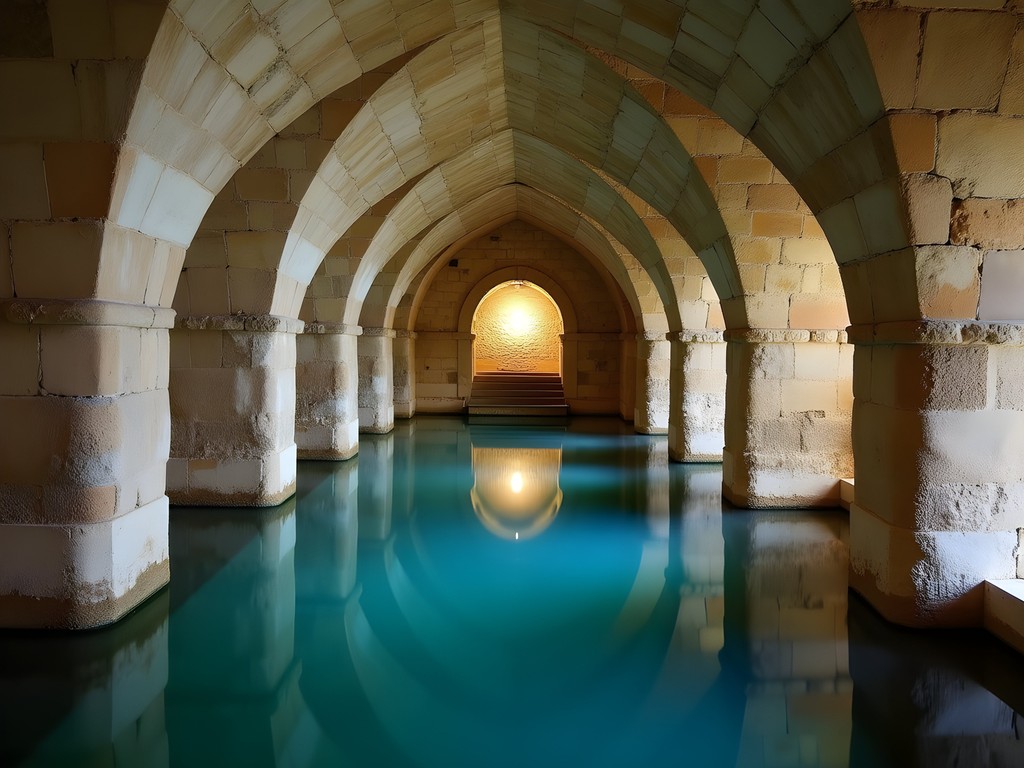
💡 Pro Tips
- Rent a scooter to reach outlying archaeological sites - most are within 15km of town
- Visit the Bodrum Maritime Museum to understand how shipbuilding techniques evolved over millennia
- Local shepherds near remote ruins often know fascinating folklore about the sites - a few Turkish phrases go a long way
Final Thoughts
As I packed my tools and notebooks after a week exploring Bodrum's architectural treasures, I found myself thinking about the hands that shaped these stones centuries ago. From the massive defensive walls that challenged Alexander the Great to the precise acoustic engineering of the ancient theater, Bodrum offers couples a chance to connect with human ingenuity across millennia.
What makes this peninsula truly special isn't just the famous sites, but how layers of history exist side by side - Ottoman cisterns built into Greek foundations, medieval castle walls incorporating ancient marble columns, traditional timber houses standing in the shadow of monuments. It's a physical reminder that we're all part of an ongoing human story, building upon what came before.
If you and your partner appreciate history that you can literally reach out and touch, Bodrum deserves a place on your travel list. The spring sunshine, uncrowded sites, and the gentle rhythm of this Aegean coastal town create the perfect backdrop for connection - both with each other and with the master builders of the past. As we say in Māori: He toi whakairo, he mana tangata - where there is artistic excellence, there is human dignity. In Bodrum's ancient stones, that excellence and dignity still speak clearly across the centuries.
✨ Key Takeaways
- Spring offers the perfect balance of pleasant weather and fewer crowds for exploring Bodrum's archaeological sites
- Allow time for lesser-known ruins outside the town center - they often provide more intimate historical experiences
- Bodrum's historical sites span over 3,000 years of architectural evolution, from ancient Carian settlements to Ottoman structures
📋 Practical Information
Best Time to Visit
April to early June, September to October
Budget Estimate
$75-150 per day for couples (mid-range)
Recommended Duration
5-7 days
Difficulty Level
Easy

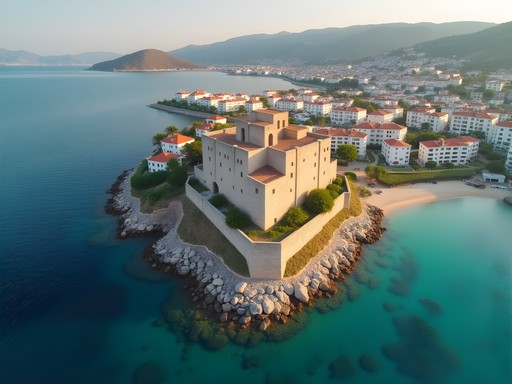
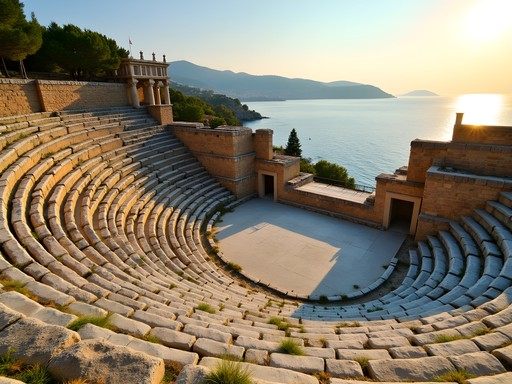

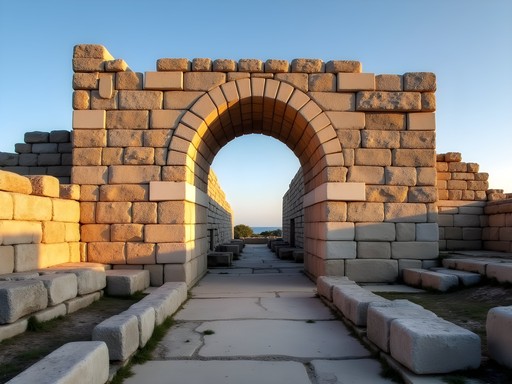
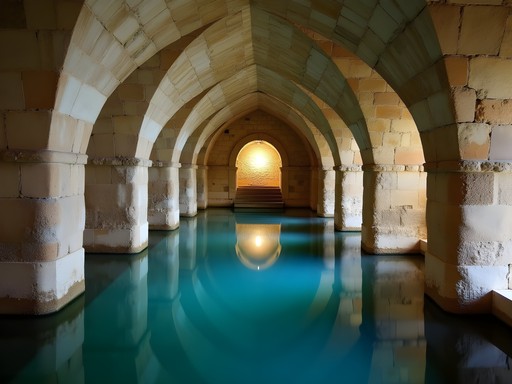










Comments
HistoryBuff
Love the detail shots of the masonry. You can really see the craftsmanship that's survived all these centuries.
skybackpacker
Great write-up on the Mausoleum, Mason. Most visitors don't realize they're looking at one of the Seven Wonders of the Ancient World! I spent hours there imagining what it must have looked like in its full glory. The artifacts in the British Museum don't do it justice - being on the actual site hits differently. Pro tip for others: go early morning (8am) to avoid both crowds and heat, especially if you're visiting May-September.
SunSeeker42
If you're visiting the ancient theater, try to time it for sunset! The light hits the stone beautifully and you can see the whole bay. Just bring mosquito repellent - learned that the hard way!
explorelegend
Your post came at the perfect time! I'm planning my first trip to Turkey this fall. Did you find it easy to navigate between sites without a guide? Also, how's the English signage at these historical places?
Mason Fox
You'll have no problem! Most major sites have good English signage, and Bodrum is very tourist-friendly. The castle museum has excellent English descriptions. For the more obscure sites, I'd recommend a good guidebook, but you can absolutely explore independently.
Bryce Diaz
Mason, your description of the ancient theater's acoustics brought back memories! When I visited last year, an old Turkish gentleman was standing at the center of the stage whispering, and I could hear him perfectly from the top row. It's incredible how these ancient engineers mastered acoustics without modern technology. I spent three hours just sitting there, watching the light change over the bay as the afternoon progressed. Sometimes the most profound travel moments are just sitting still in these ancient places and feeling the weight of history around you. Did anyone else try the acoustic test at the theater?
explorelegend
I did! Dropped a coin at center stage while my wife was at the top row and she heard it clearly. Mind-blowing engineering from thousands of years ago.
explorevibes
Is summer too hot to enjoy these sites? Thinking about going in August but worried about the heat.
Bryce Diaz
It gets pretty toasty in August (95°F+). I'd recommend visiting sites early morning or late afternoon. The castle has some shaded areas, but the ancient theater is fully exposed. Always carry water - I use my insulated water bottle which keeps water cold all day in that Mediterranean heat.
springqueen
Adding this to my bucket list right now! 😍
greenvibes
Those limestone blocks at Bodrum Castle look massive in your photos! Can't wait to see them in person.
TravelingArtist
They're even more impressive in person! I sketched them for hours when I visited last year.
Hunter Thompson
Brilliant post, Mason! I backpacked through Bodrum last summer and was blown away by the castle's Museum of Underwater Archaeology. Those ancient shipwrecks and amphorae collections are mind-blowing! Did you check out the Glass Wreck Hall? The Byzantine shipwreck with all the glass artifacts was my highlight. Also found this amazing little family-run pide restaurant just behind the eastern castle walls - absolute gem that most tourists miss.
islandnomad
How difficult is it to get around to all these sites in one day? Thinking about visiting in April.
skybackpacker
Not Mason, but I visited last year. You can definitely see the castle and theater in one day, but I'd recommend 2-3 days to really explore everything without rushing. The dolmus (local minibuses) make getting around pretty easy!
islandnomad
Thanks for the tip! Will plan for a longer stay then.
Venture X
Premium card with 2X miles, $300 travel credit, Priority Pass